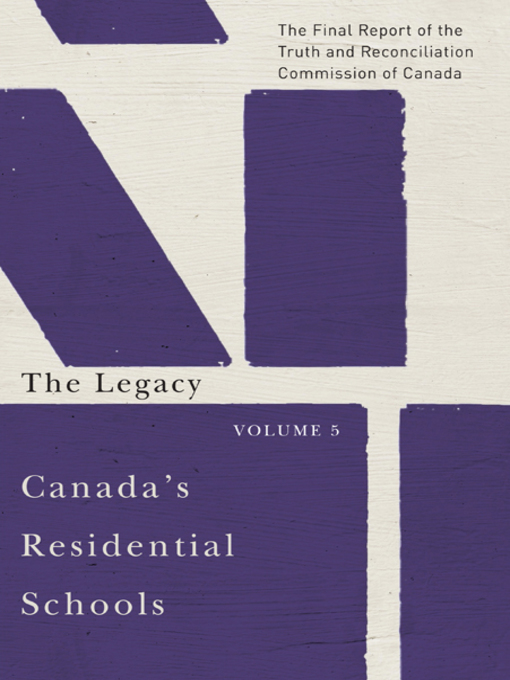- Available now...no waiting!
- New eBook additions
- Most popular
- Indigenous Reads
- Supporting Mental Health
- Anti-Racist Resources
- Digital Comics
- Try something different
- See all ebooks collections
- Available now
- Great Narrators
- Armchair Travel with Headphones
- Listen to Nature
- Read-Aloud Romance
- Award-Winning Audiobooks
- A Mystery for Your Ears
- New audiobook additions
- New kids additions
- New teen additions
- Most popular
- Try something different
- Best Books of 2024
- See all audiobooks collections
